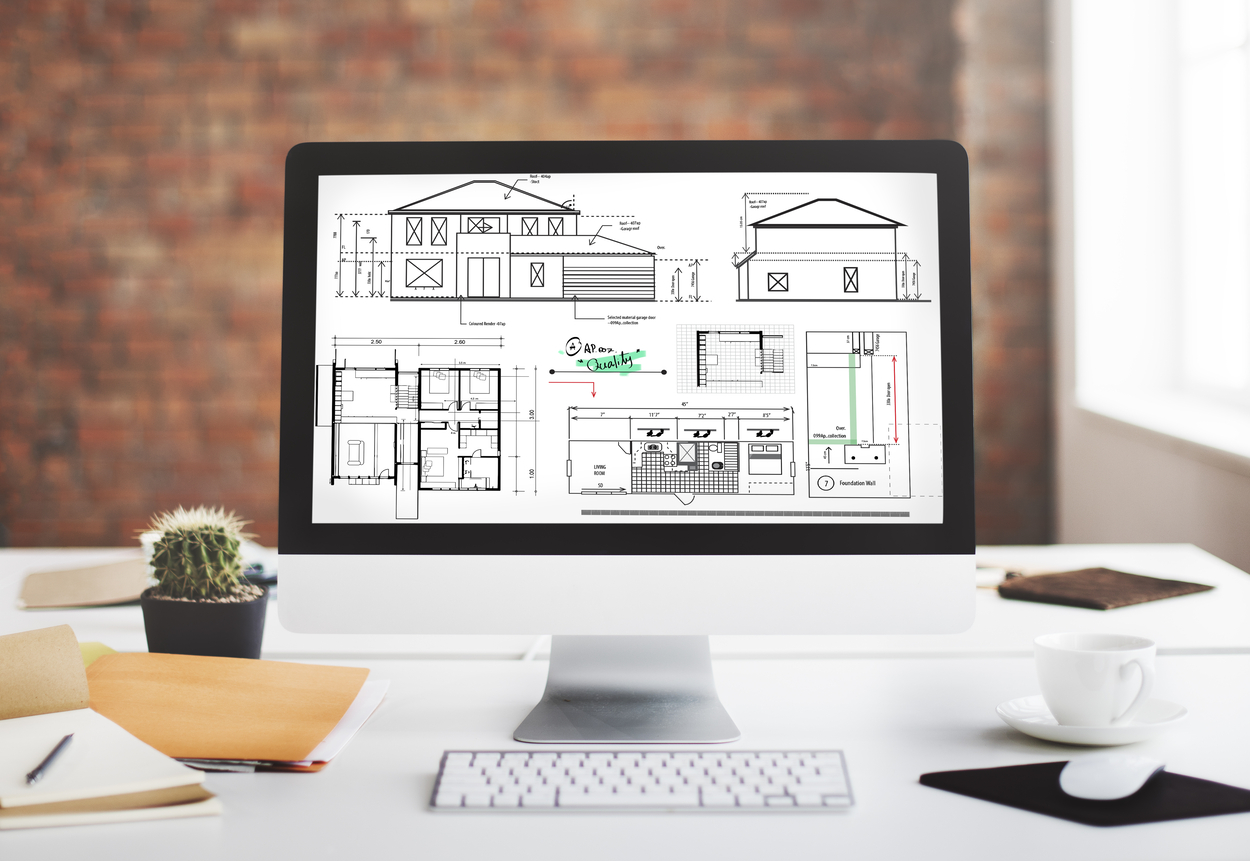Digital twin architecture is a rapidly developing technology transforming the building design and construction field. The technology allows for real-time monitoring, simulation, and analysis of the physical asset’s performance and behavior, enabling designers and engineers to optimize the design, reduce costs, and improve efficiency.
One of the primary advantages of digital twin architecture is that the digital twin can inform the planning and design of future projects and help identify potential issues before they occur.
In the case of building design and construction, digital twin technology can optimize energy efficiency, reduce waste, and minimize the project’s environmental impact.
Similar applications can be used in building design to optimize heating, cooling, and lighting systems, resulting in significant cost savings and environmental benefits. However, it requires collaboration among architects, engineers, contractors, and building owners to ensure its successful implementation.
In conclusion, digital twin architecture has enormous potential to transform building design and construction. It allows for real-time monitoring, simulation, and analysis of the physical asset’s performance and behavior, optimizing efficiency, reducing costs, and improving sustainability.
It will likely become a fundamental tool in building design and construction as technology develops.
